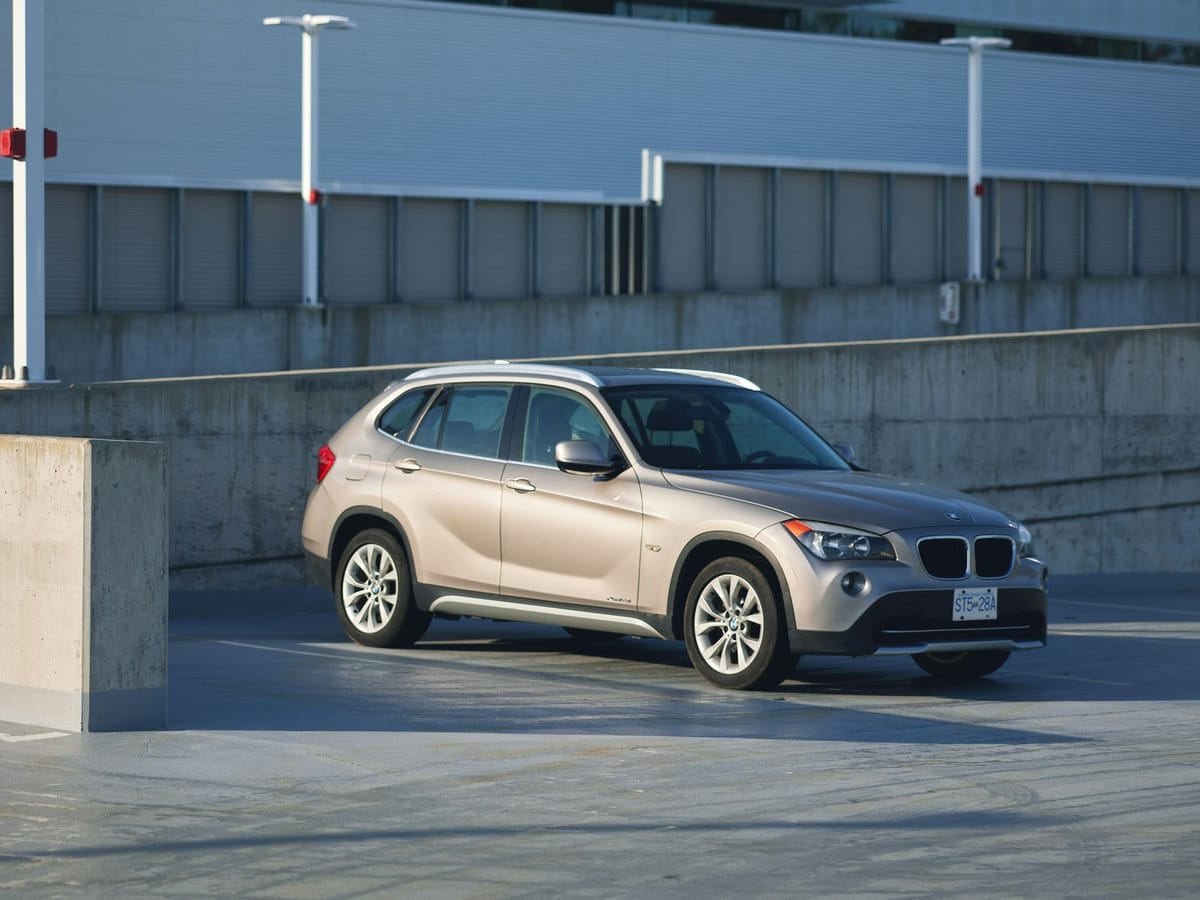Well, I didn't count it exactly, but the number is not far off. This time, the unlucky victim was a 2013 BMW X1 (E84) brought in for a Pre-Purchase Inspection. The car looked decent, so I plugged in ISTA to do the usual fault memory check. And then... the all-too-familiar horror unfolded. The FRM went red in the ECU tree, the headlights switched on like the car had been possessed, and when I flicked the turn signals—nothing. Just a cold, silent refusal to participate in life.
I didn’t even need to check. I knew what had happened because, dear reader, it had happened a hundred times before.
The "Official" BMW Explanation
According to BMW, FRM3 modules have a "compatibility issue" with certain vehicle software and hardware combinations. What exactly is this issue? We don’t know. Why does it happen? No clue. What’s the solution? Replace the module.
Fantastic.
BMW even extended the warranty for FRM failures to eight years—but only in the U.S. That ship has long since sailed for all E-Series owners, leaving them stuck with a €600 ($650) plus labor repair bill for something that just happens.
The truth is, the FRM doesn’t fail because of ISTA, coding, or battery disconnection. It is like saying the Titanic sank because of water, not the freaking iceberg.
My theory is that FRM's firmware gets corrupted because of a "compatibility issue," but this happens before the actual failure. It can work for years as long as you do not reset the ECU. The ECU reset triggers the failure because the corrupted file is obviously needed for reboot.
Which means: whenever you read fault codes, update software, or even just swap a battery, you are rolling the dice on a catastrophic FRM failure. And as we all know, BMW loves a good game of chance.
The Real Problem: Explaining This to the Customer
I’ve had people come in for oil changes, brake jobs, even something as innocent as Bluetooth pairing, only to watch me break the news that—through no fault of my own—their car has now developed a critical electrical failure.
This leads to The Conversation.
"What do you mean my headlight module is dead? You were just checking the timing chain."
"Yes, but also… no. Because BMW."
At first, when these failures started happening, we replaced them under warranty. Then, when that expired, I had to get creative. I started sourcing used FRMs from BMW scrapyards across Europe. Over the years, I built a network of salvage yard owners, some of whom I now call friends.
But the challenge was finding the right FRM. You see, BMW made a stupid decision to create dozens of different versions. Does your car have xenons? Adaptive xenons? LED tail lights? Two doors? Five doors? Fog lights? Is it an M3? Because—of course—the E90 M3 needed its own special FRM. It was a nightmare.
Eventually, BMW wised up and created the FRM3 MAX BROSE, which works on all models and configurations. But for years, it was chaos.
Enter: The Repair Revolution
Then, a few years ago, companies that specialize in FRM repair started popping up. YouTube tutorials appeared. Forum members cracked the process. And I, having a literal mountain of dead FRMs lying around, learned how to repair them myself.
After some trial and error, I got it down to a science: 20 minutes, sometimes less, and the FRM would be resurrected. I fixed my stockpile and even sold some for a nice side income.
Best of all, I could now offer my customers an actual solution instead of just a "BMW says buy a new one" response.

The Best Fix: Repair, Not Replace
If your FRM dies, here’s what you don’t do: march into BMW and pay €800–€1,000 for a brand-new one. Why? Because BMW never actually fixed the issue. Your shiny new module can fail just like the old one.
Instead, repair your original FRM. It’s cheaper, and the failure rate of repaired FRMs is no worse than new ones. In the U.S., repairs cost around $200–$250. In Europe, it’s about €100–€200. And most repair shops offer same-day service.
The Aftermath of My 100th FRM Funeral
After the X1’s FRM died, I called up my repair guy, handed him the module, and had it back and running within two hours. Problem solved. Customer happy. And I move on to wait for the next inevitable failure.
So there you have it. The FRM is still one of BMW’s most annoying and persistent gremlins. But at least now, when it strikes, I know exactly how to fight back.
Until next time, when another BMW decides to throw an electrical tantrum.






Member discussion